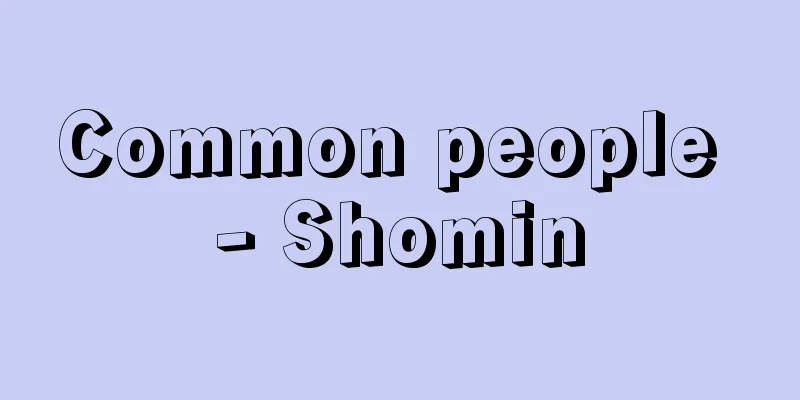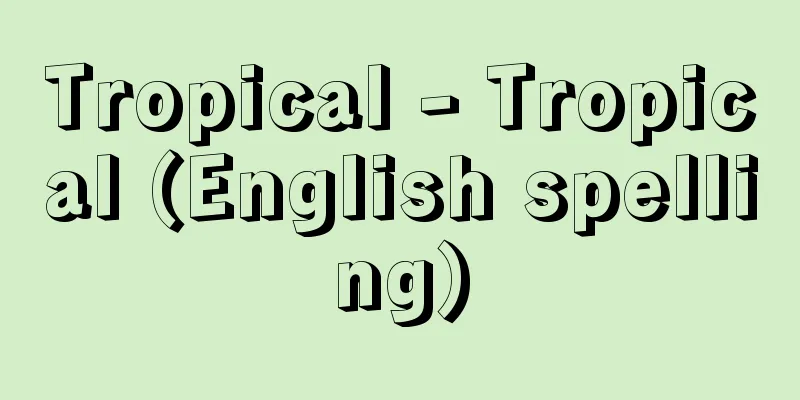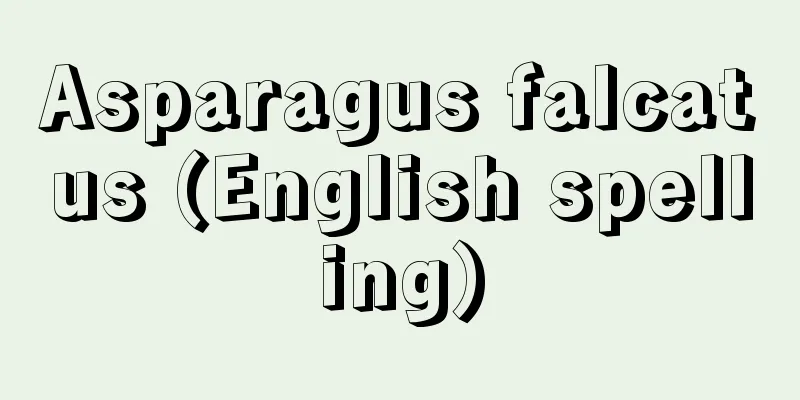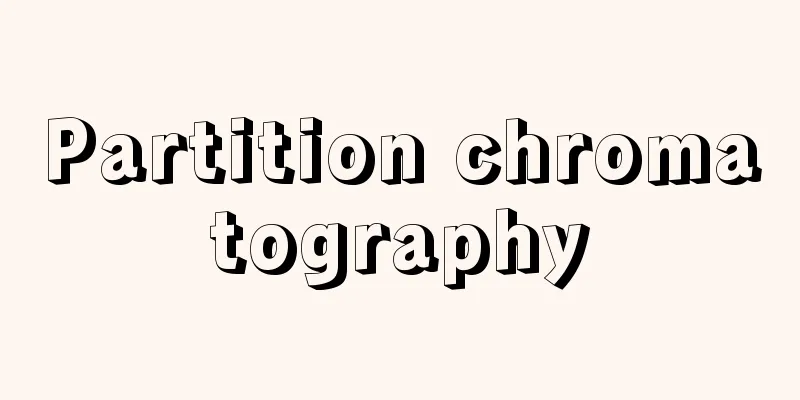Mita Bungaku - Mita Literature

|
A literary magazine. In 1910 (Meiji 43), Keio University appointed Nagai Kafu as a professor in order to revamp its struggling liberal arts department. In May of that year, Mita Bungaku was launched with Kafu as editor-in-chief and Mori Ogai and Ueda Bin as advisors. Kafu's tenure as editor-in-chief lasted until 1912 (Taisho 4), during which time contributions were made by Ogai (Hanako, Tower of Silence, Delusion), Bin, Kafu (After Tea, Night Talks at Shinbashi, Hiyorigeta), as well as Baba Kocho, Izumi Kyoka (Shamisen Hori), Kinoshita Mokutaro, Kitahara Hakushu, Yoshii Isamu, Oyamauchi Kaoru, Tanizaki Junichiro, Yosano Tekkan and Akiko. The Mita School writers, including Kubota Mantaro and Minakami Takitaro, showed a strong anti-naturalistic tendency with an aesthetic coloring. Sawaki Kozue then became editor-in-chief, and launched the magazine with Nanbu Shutaro, Kojima Seijiro, Nishiwaki Junzaburo, Katsumoto Seiichiro and others, but it ceased publication in March 1950. In April of the following year, it left direct management of the university and resumed publication with Mizukami as spiritual editor-in-chief. Sugiyama Heisuke, Ishizaka Yojiro (Young People), Yazaki Dan, Hara Tamiki, Kitahara Takeo, Shibata Renzaburo, Maruoka Akira and others subsequently appeared. Publication ceased in November 1944 (Showa 19). After World War II, it was resumed in January 1946 (Showa 21) with Maruoka Akira at the helm. After Kigi Kotaro and Sato Haruo, Kato Michio ("Nayotake"), Hotta Yoshie, Yasuoka Shotaro ("Glass Slippers"), Endo Shusaku, Eto Jun ("Natsume Soseki Theory"), Yamakawa Masao and others graduated from the magazine. Publication ceased in October 1976. It was revived as a quarterly publication in May 1985, led by Yasuoka and others, and has been continued by Endo, Eto and Sakagami Hiroshi. [Shunji Chiba] [References] | | | Ueda| Eto| | | | | | | | | | | | |Source: Shogakukan Encyclopedia Nipponica About Encyclopedia Nipponica Information | Legend |
|
文芸雑誌。1910年(明治43)慶応義塾大学は不振の文科刷新のため、永井荷風(かふう)を教授に迎え、その5月、森鴎外(おうがい)、上田敏(びん)を顧問に、荷風を主幹として『三田文学』を創刊した。荷風主幹時代は15年(大正4)までであるが、この間、鴎外(『花子』『沈黙の塔』『妄想』)、敏、荷風(『紅茶の後』『新橋(しんきょう)夜話』『日和下駄(ひよりげた)』)のほか、馬場孤蝶(こちょう)、泉鏡花(『三味線堀』)、木下杢太郎(もくたろう)、北原白秋(はくしゅう)、吉井勇、小山内薫(おさないかおる)、谷崎潤一郎、与謝野鉄幹(よさのてっかん)・晶子(あきこ)らが寄稿。耽美(たんび)的色彩の濃厚な反自然主義的傾向を示し、久保田万太郎、水上滝太郎(みなかみたきたろう)らの三田派の作家も誕生した。ついで沢木梢(こずえ)が主幹となり、南部修太郎、小島政二郎、西脇順三郎、勝本清一郎らを送り出したが、25年3月終刊。翌年4月大学の直接経営を離れ、水上を精神的主幹として復刊。杉山平助、石坂洋次郎(『若い人』)、矢崎弾(だん)、原民喜(たみき)、北原武夫、柴田錬三郎、丸岡明らが引き続いて登場した。44年(昭和19)11月休刊。第二次世界大戦後は46年(昭和21)1月丸岡明を中心として復刊。木々高太郎、佐藤春夫らを経て、加藤道夫(『なよたけ』)、堀田善衛(よしえ)、安岡章太郎(『ガラスの靴』)、遠藤周作、江藤淳(じゅん)(『夏目漱石(そうせき)論』)、山川方夫(まさお)らが巣立った。76年10月休刊。85年5月に季刊として安岡らを中心に復刊され、遠藤、江藤、坂上弘(ひろし)に引き継がれている。 [千葉俊二] [参照項目] | | | | | | | | | | | | | | | | |出典 小学館 日本大百科全書(ニッポニカ)日本大百科全書(ニッポニカ)について 情報 | 凡例 |
Recommend
Koji (rice malt) - Koji
Koji is made by growing mold such as Aspergillus o...
Crystal projection method
The projection of three-dimensional features such ...
Roon, Albrecht Theodor Emil, Graf von
Born: April 30, 1803, Preusshagen near Kolberg [Di...
Tamari Kizo - Tamari Kizo
1856-1931 An agricultural scientist from the Meij...
Octopus boat - Argonauta hians
An octopus of the family Malvaceae in the class Ce...
Bugaku
A type of performance style of gagaku. Dance accom...
sophistēs (English spelling) sophistes
The original word sophistēs was originally a Gree...
Wedge-tailed shearwater
A seabird of the order Pelecaniformes and family ...
Otomo Makuda - Otomo Makuda
Year of death: Tenmu 12.6.3 (683.7.2) Year of birt...
Marcus
…The easternmost island of Japan (24°17′ north la...
Biscuit beetle
...Drugstore beetles, cigarette beetles, and othe...
Upper boxwood - Kamitsuge
…Manors such as Todaiji Temple and Daianji Temple...
The Sixty Chapters of Edo Masago
Essays. Author unknown. Published around 1760. Fiv...
Adalbertus
…He was a martyr for evangelizing the pagan Pruss...
Takagi Ichinosuke - Takagi Ichinosuke
A scholar of Japanese literature, he was born in ...







![Ayabe [city] - Ayabe](/upload/images/67cadacfb951f.webp)

